In April of this year, I came across a camera bag sitting on the front counter at a thrift store that is not usually known for their good deals. Usually there’s no surprises when I see this. It’ll probably be a mostly functioning film camera or a cheap 2010s point and shoot. This time, though it really turned out to be something special.
To many, this is just a standard, early DSLR with two kind of cheapy feeling lenses, but to me, this was a purchase that would solidify an already growing obsession with older digital cameras. In the bag was the Olympus E-300 EVOLT body, a (miraculously) charged battery and charger, two lenses and all the documentation, software, and cords for the camera. The tag said $35 and as soon as I made sure the camera was in working order, I bought it and took it home.
While the bag the camera was in was a little (very) dusty, the camera itself was in great shape. Based on the file number and the condition of the body, it appeared that only about 4000 photos have been taken with this camera.
Many readers will already know this, but old, mid 2000s digital gear is something I’ve been interested in and shooting with for about five years now. This camera has a handful of features that make it unique in my collection and I’d like to point those out.




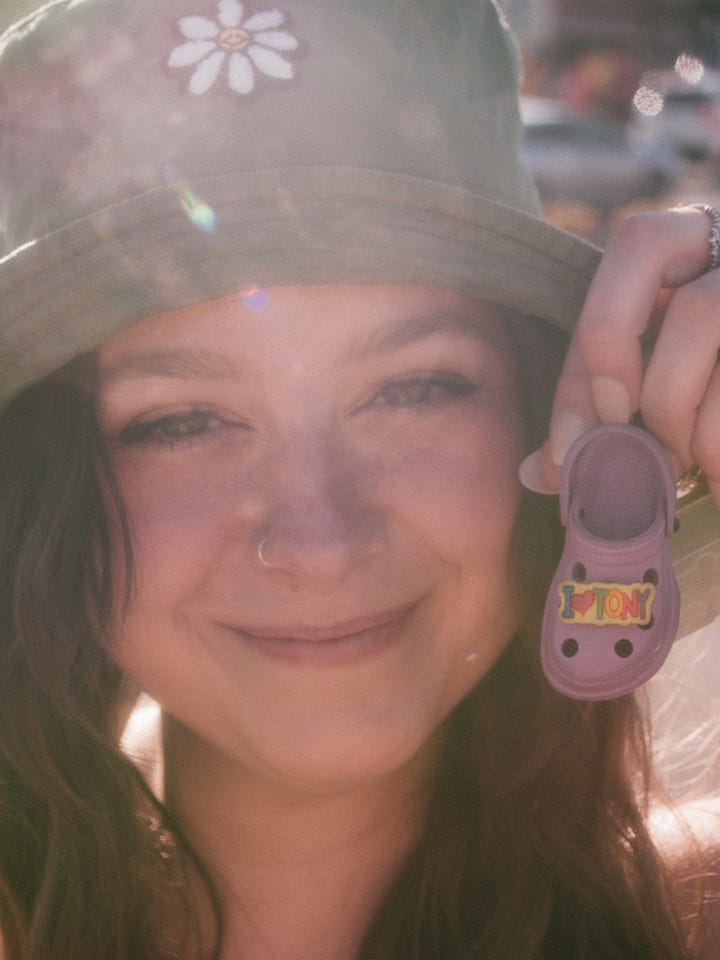


First off, the E-300 utilizes a Kodak made CCD sensor, and while it wasn’t the very last of the DSLR’s with CCD sensors, it was right in the sweet spot I believe. At 8mp, this camera can produce sharp and detailed photos big enough for print, without the extremely noisy look of the later 10mp sensors many camera manufacturers employed before the almost universal switch to CMOS technology.
The look that can be achieved by this camera with some delicate Lightroom work isn’t really replicable with other sensor technologies. The color rendition and highlight gradation can be replicated, sure, but the way larger CCD sensors render detail is so different. Applying a modern sharpening algorithm or post-processing noise just never seems to look right on the photos from the E-300, but thankfully even the inexpensive lenses that I found bundled with the camera are incredibly sharp (more on that later).
Another feature that this camera has that makes it unique is the sideways swinging mirror. Because of this mirror design, the body of the camera has a flat top and the viewfinder is no longer in the center like on most DSLRs. This was very appealing to me because it’s possible to look through the viewfinder with my right eye, while not having my left eye obscured. This unique design is reminiscent of rangefinders of years past, which are popular for allowing the user to see their whole surroundings with one eye, and the framelines of the photograph with the other. With this camera it’s a wonderful experience and easily makes up for all of the less optimized quirks of using such an old camera.
The third and last feature that makes this camera so interesting is the Supersonic Wave Filter. Automatic sensor cleaning in 2005 wasn’t a standard feature on the camera market, in fact, my Canon 5D from the same year doesn’t have any sensor cleaning features at all and was released nearly 8 months later. The way it works is a thin pane of glass in front of the sensor is vibrated, causing dust to fall off the sensor and get trapped on a piece of double sided tape underneath. Cleaning old cameras isn’t really a difficult task, but cleaning the sensors themselves can be a hassle. So far, I’ve not noticed any dust visible in my images from this camera, so nearly 20 years later, that Supersonic Wave Filter is still doing a great job!
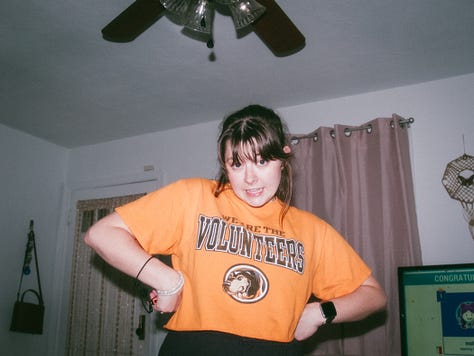








Something I love about this camera is how simple it is to use. It’s just modern enough to take good photos in most situations, but simple enough that I can hand it off to a friend anytime I want and know I’ll get some great photos back. I love bringing it to nights in, shows, karaoke, restaurants, etc. The 14-45mm lens is equivalent to a 28-90mm, which goes just wide enough for some selfies and just long enough to get a close up from across a living room.
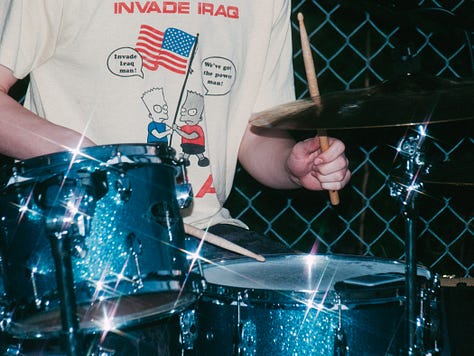






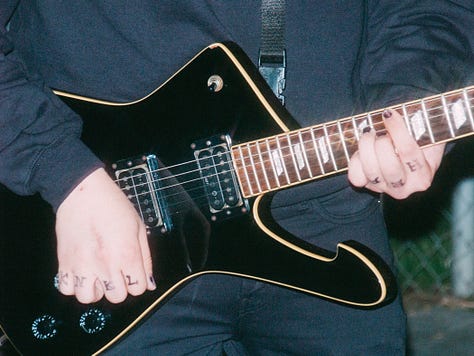

Before I talk about the lenses that came with this camera, I’d like to talk about flashes. In 2002, Olympus and Kodak teamed up to create an open standard for DSLR camera development. This meant that other companies could obtain a host of design resources from both Olympus and Kodak which could ensure that as long as their products met the standards of the Four Thirds System, they would be interchangeable with other products within the same eco system. By 2006 several other companies like Fuji, Leica, Sigma, and Panasonic were manufacturing cameras, lenses, and general accessories for the system.







In 2008 a new standard was implemented, the Micro Four Thirds System. This new system was created in order to reduce the size of cameras even more by making them mirrorless. Micro Four Thirds has seen a huge market success, and I’ve been a Micro Four Thirds shooter for many years having owned several Olympus cameras (E-PL1, E-PM-2, OM-D E-M5, and currently OM-D E-M1 MKII). My first Micro Four Thirds camera was the E-PL1, which I got second hand in 2012, and I’ve purchased several accessories for my Micro Four Thirds cameras over the years, and nearly all of them have worked with this older, Four Thirds System camera.
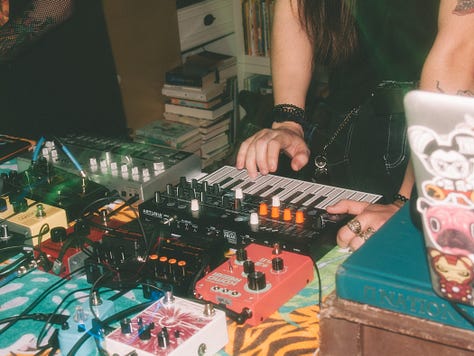
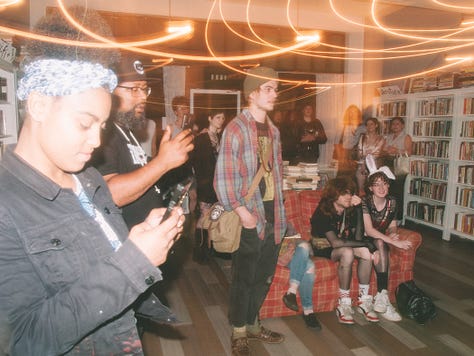
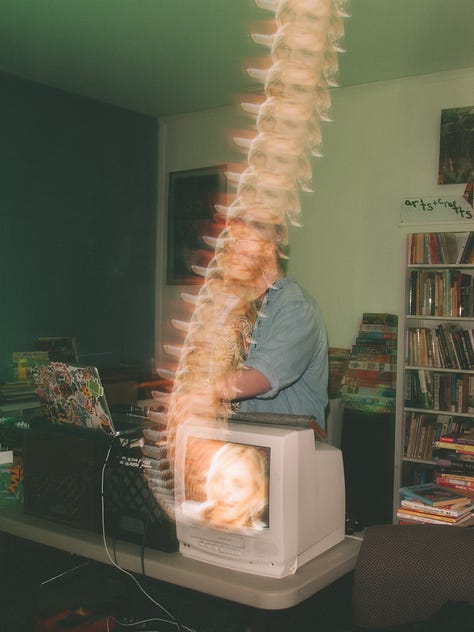





The two main flashes I use with my OM-D E-M1 MKII are the Meike MK300 and 320, and I’m happy to report both of them work perfectly on the E-300. Both manual and TTL work just fine and some of the flash controls are accessible through the camera menus. I was surprised but very glad to see that these flashes in particular worked so well with the E-300 because I’ve grown used to using them and for their small size they are very powerful.
Lastly, let’s talk about the lenses. If you’re a longtime reader or follower, you’ll know that I like to shoot wide open with a lot of background blur as often as possible. To me, that look is extremely pleasing, not to mention the amount of light a big f/1.4 lens lets in can allow me to shoot basically in complete darkness which can be very useful.

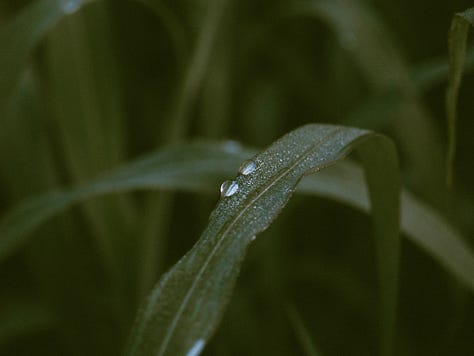



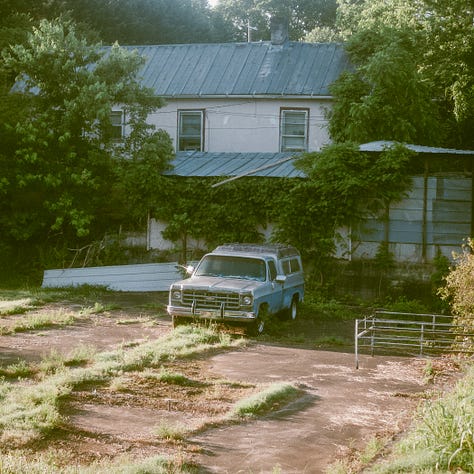

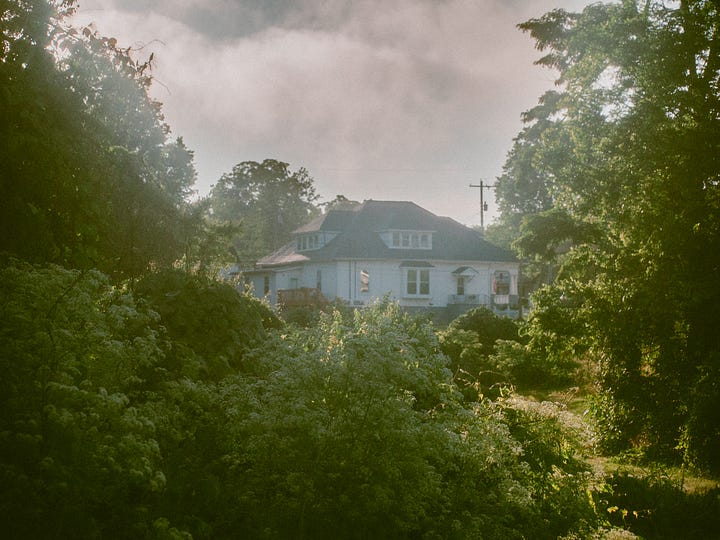
The two lenses I got with the camera are anywhere from what I would consider ideal, but while they can’t produce a perfectly pleasing, super blurred background portrait, they are sharp and weigh practically nothing. The two lenses combined give me all the focal lengths i could ever need from 28-300mm. Because of this, I’m more likely to bring the camera with me everywhere I go. The whole package is small and light and even with a flash the whole thing can fit into my big winter coat pocket, so I’m sure later this year I’ll get even more use out of it.
Both lenses have a 58mm filter thread, and I’ve settled on a filter for each that I think brings out the best characteristics of a CCD sensor. For the 14-45mm lens, I’ve gone with a Warm Soft/FX 3 Filter by Tiffen. The copy I have is period accurate as when I purchased it, the auction included the original receipt from a Wolf Camera Shop in 2004. For the 40-150mm, I’ve gone with a 4 Point Cross Screen filter, also by Tiffen. The copy I have of this filter is likely from the same time period and is how I get those really pleasing (if not a little overdone) sparkles with prismed edges in many of my photos.
The idea behind each of the filters is very similar to why I almost always use a Cinebloom 20% Diffusion filter on my Canon 5D. These older cameras have a significantly narrower dynamic range compared to more modern cameras. It’s very easy to blow the highlights to a point where they are unrecoverable, even in raw, and in most cases only a few stops of light can be salvaged from the shadows. I’ve found that any kind of diffusion can help substantially with the overall look of the images when the highlights clip.
This allows me to shoot more for the shadows, rather than finding the exact medium between the highlights and shadows. The diffusion will create a pleasing bloom, even in the brightest parts of the image and lower the contrast to an extent. The Warm Soft/FX 3 Filter on the 14-45mm is a much, much stronger effect, however focal length amplifies the diffusion effect of filters, so as I zoom in further with the 40-150mm, the 4 Point Cross Screen filter lowers the contrast and starts to bloom more and more.
As for this spring and summer, it’s been a wonderful experience shooting with this camera, and I look forward to shooting with it this fall. I know a few of my readers have expressed interest in older digital gear, so please chime in below if you’ve used any older Four Thirds System stuff!








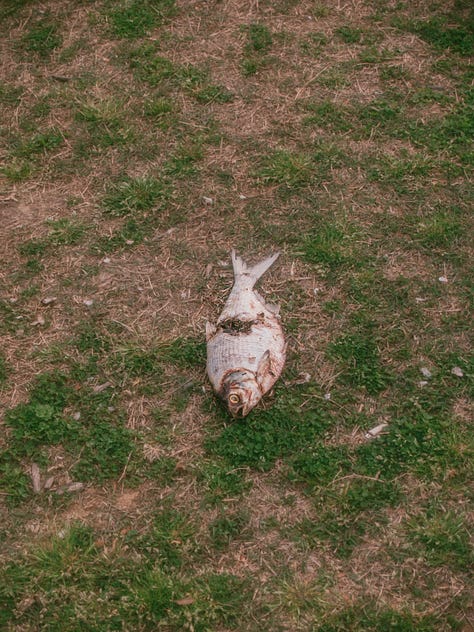
Before I go, I’d like to express the importance of having a camera that is both easy to use and inexpensive. A few years ago when I bought my first "vintage” camcorder (it was only like 10 years old), the thing I loved the most about it was that it was so easy to hand it to someone who doesn’t have any interest in cameras to have them take some footage. That’s very similar to how I feel about the E-300. With a flash in the hotshoe, and the camera in aperture priority mode and auto ISO, it’s functionally automatic. Any of my friends can operate it and thanks to them, I’ve got more photos of ME from this past spring and summer than I have any other year of my life.
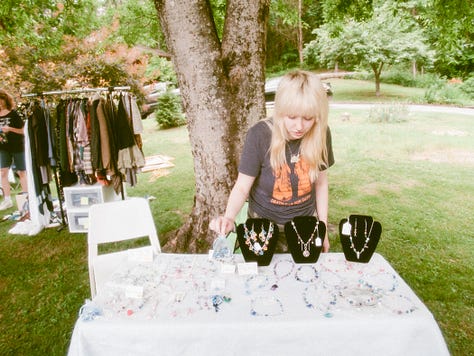


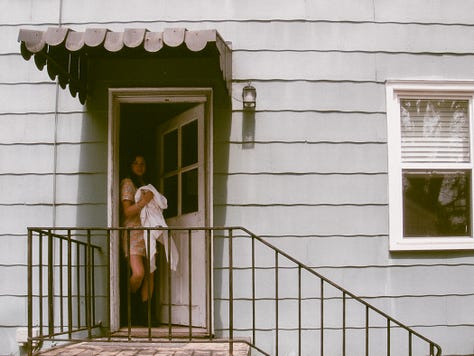

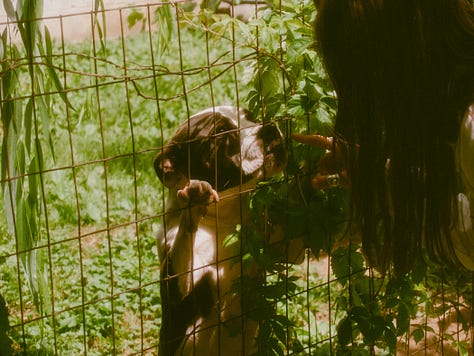



I recently got a Sony F828 from 2004 just for this purpose. In addition to being unique in that it’s the only camera ever made with a RGBE color filter array, it’s also very simple to use. Having a camera like this in casual environments really opens up a lot of opportunities for documenting the time I get to spend with my favorite people, and I want to encourage other photographers, and maybe even those of you who aren’t, to try out a camera like this.
Well, that’s it for this week! I hope you enjoyed the review and photos! If you’re looking for found media, please check out my page on Archive.org for the full list of digitized media. If you have any questions, feel free to send me a message right here or drop a comment below. If you haven’t already, please check out the suggested post below! or any of my other previous posts here. Thanks so much for checking out this week’s edition of Diptych!
See you soon!
—Forrest
Diptych #29: Bad Takes and Battery Grips
While the overwhelming majority of comments and emails I receive are positive, there’s a few every once in awhile that just really eat away at me. Today I’d like to talk about two of these instances, in the most positive way possible. Both are camera gear related, and I promise to intersperse some really pretty photos so y’all don’t get too bored. I’ll …


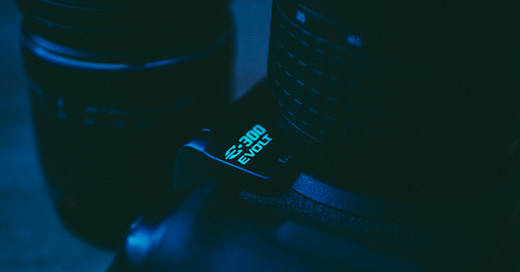




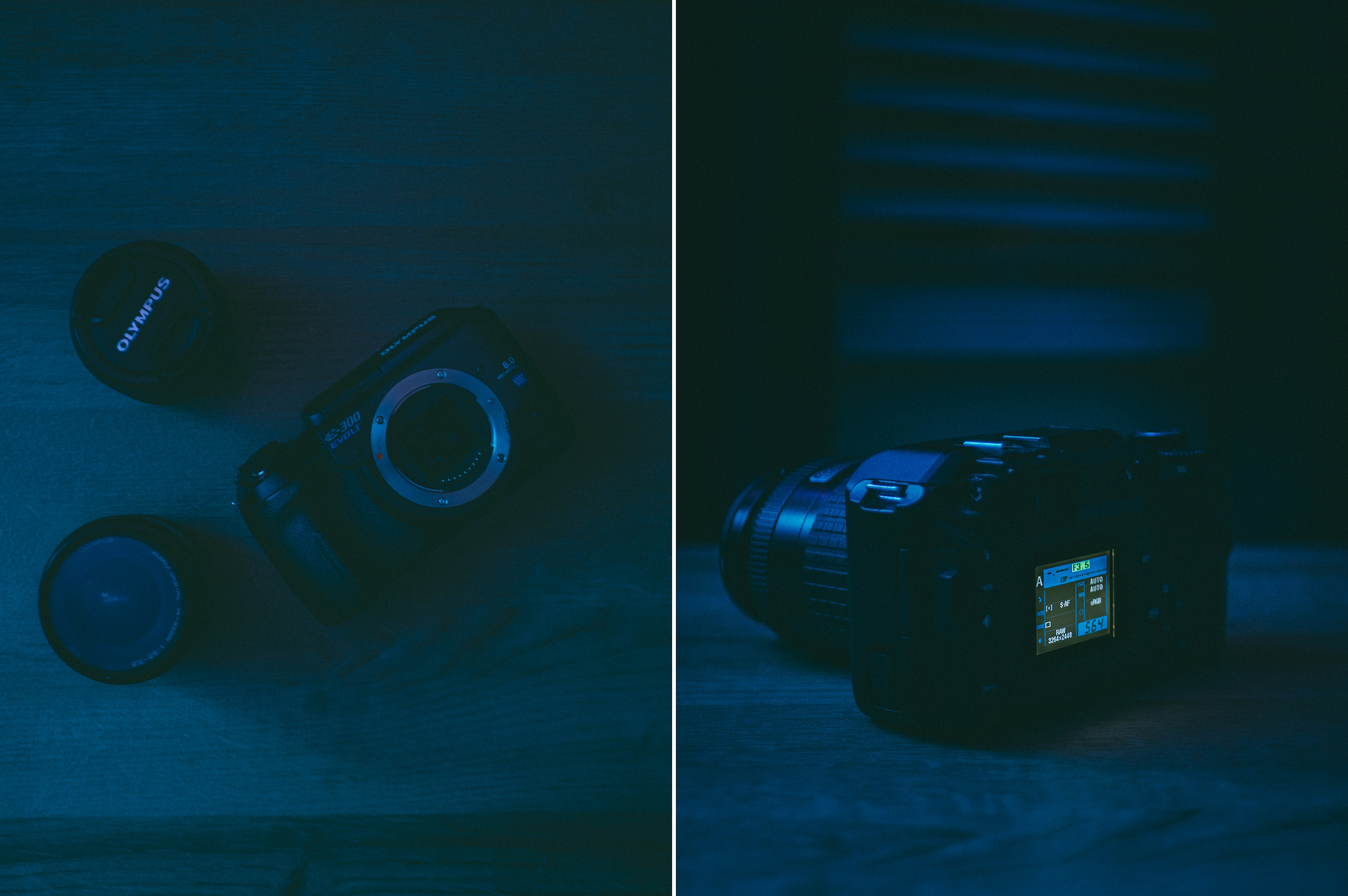

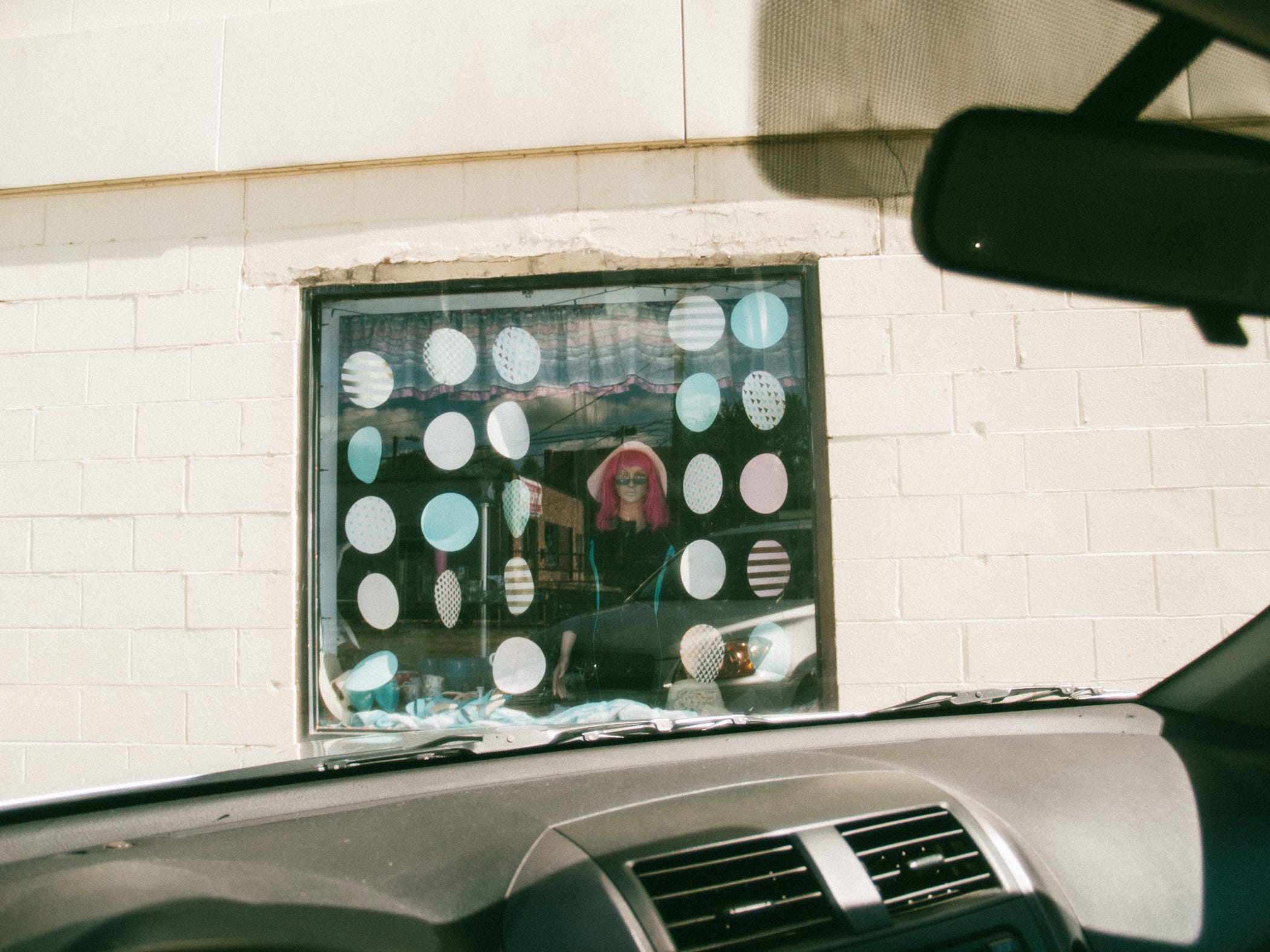
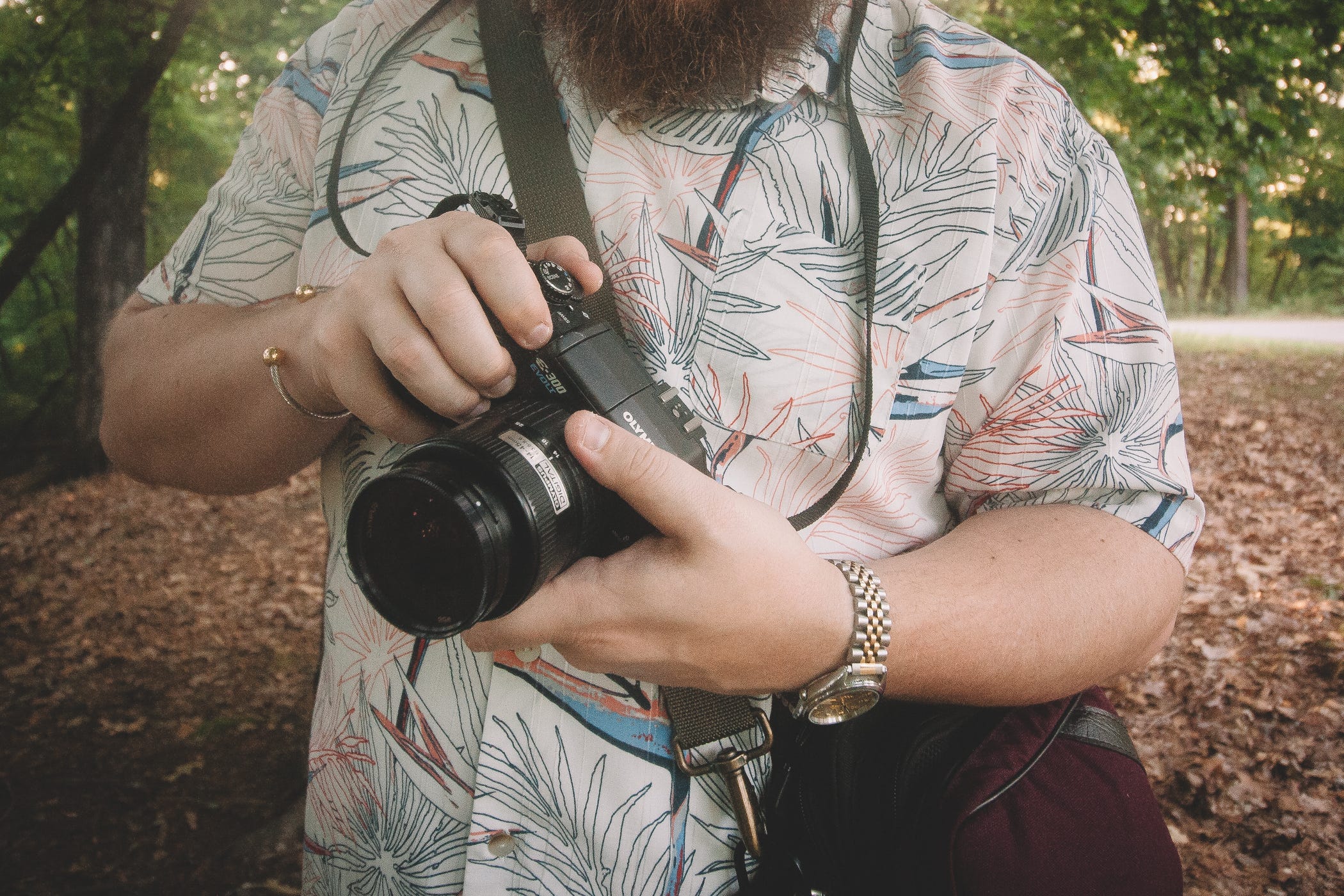


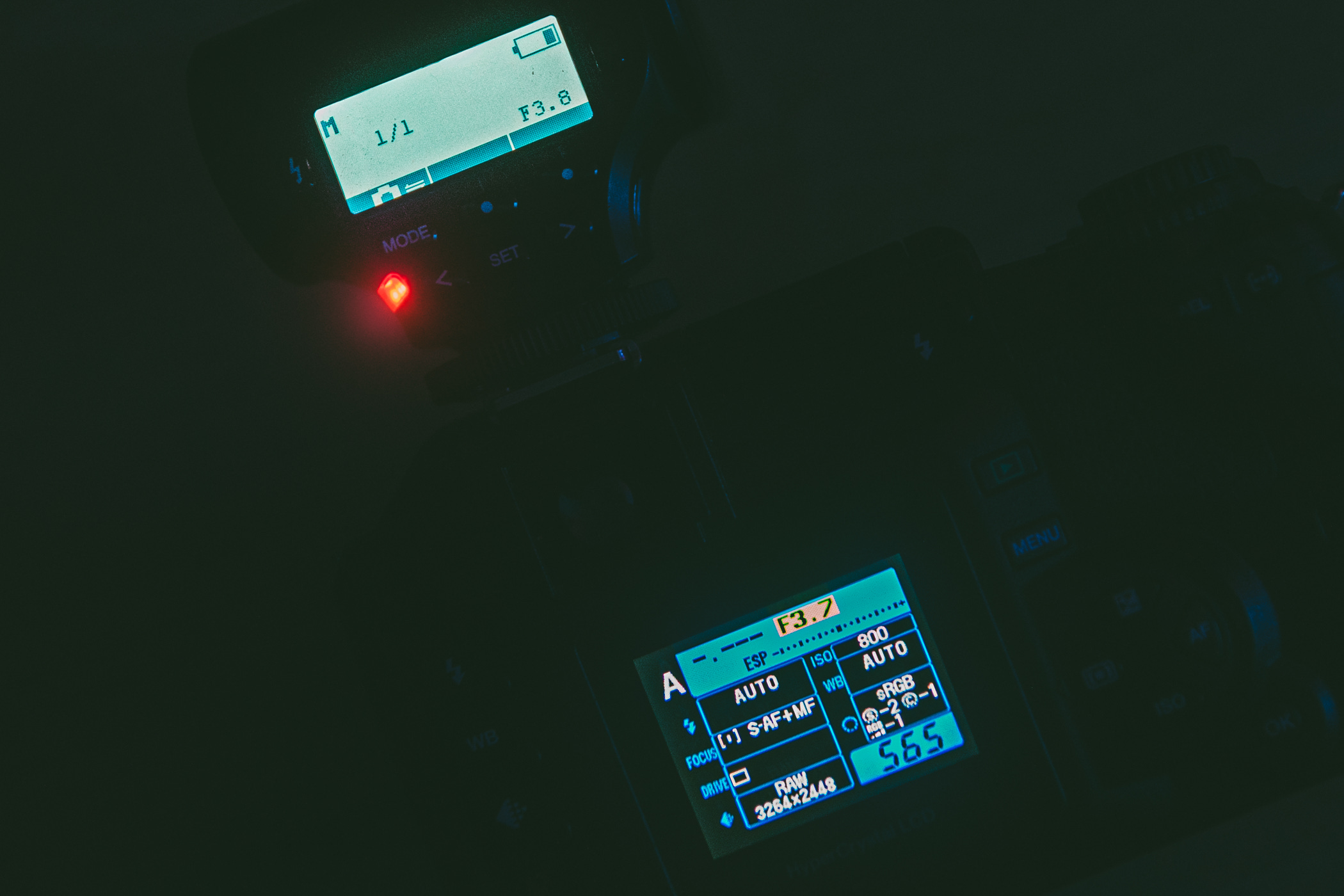
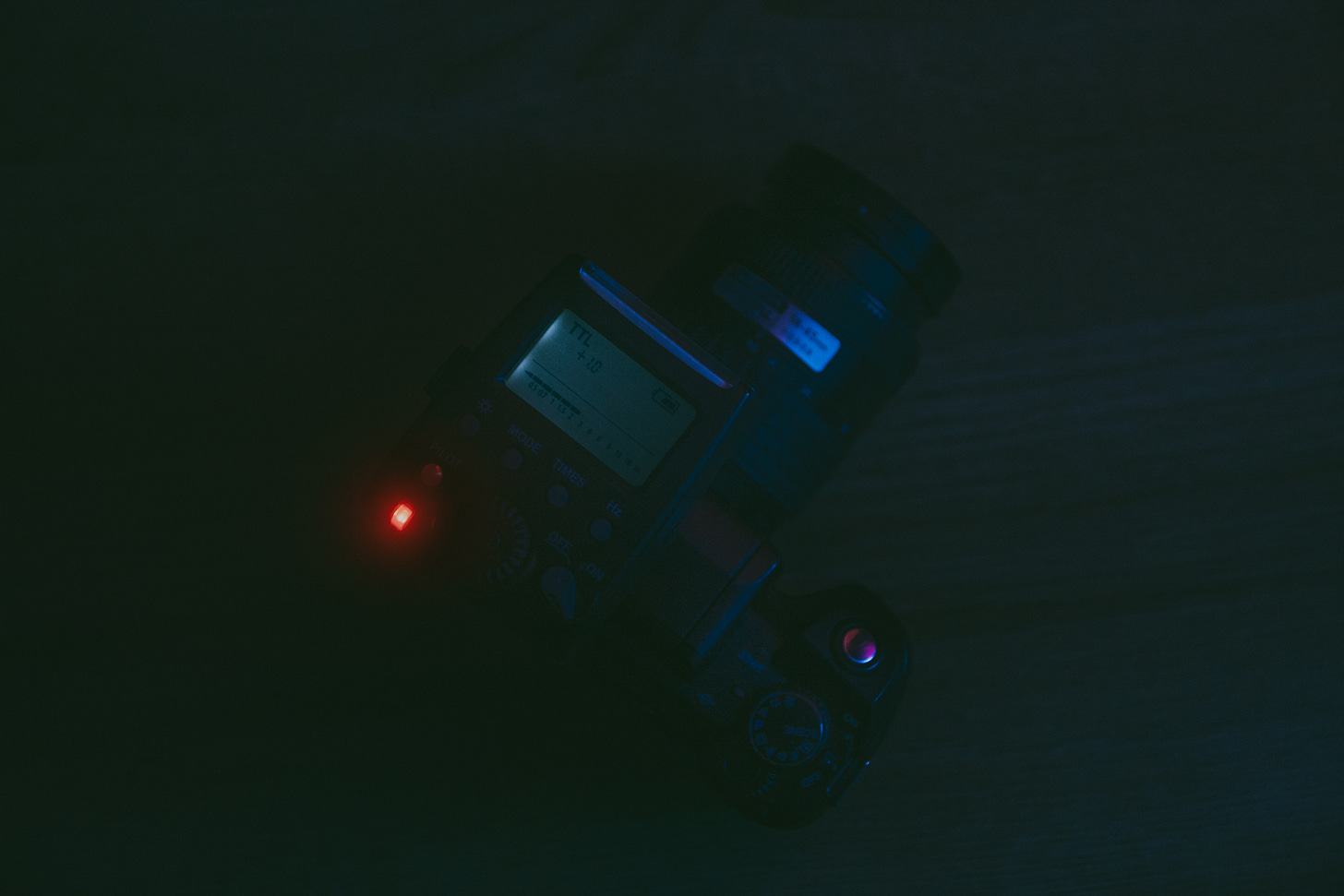
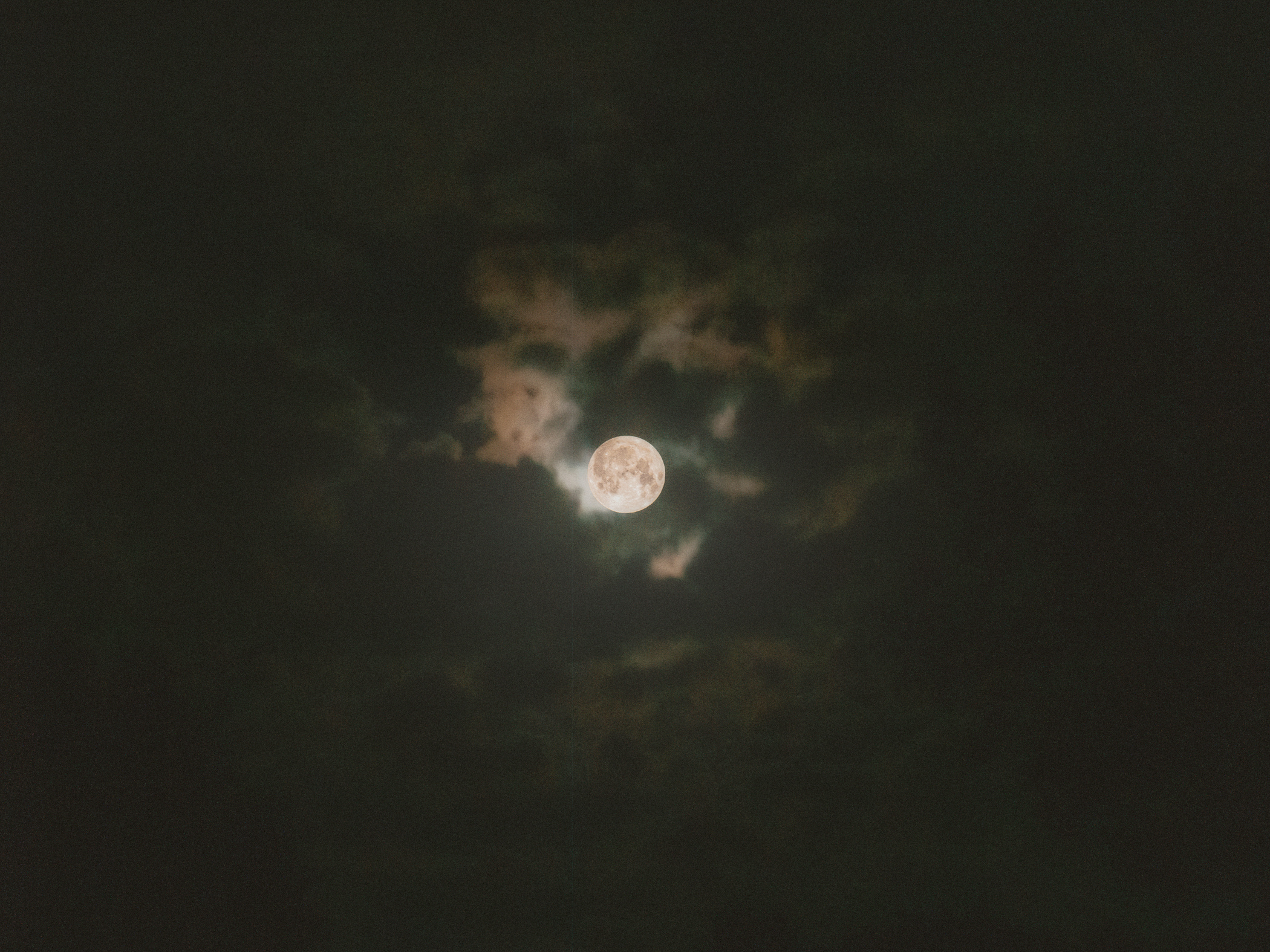
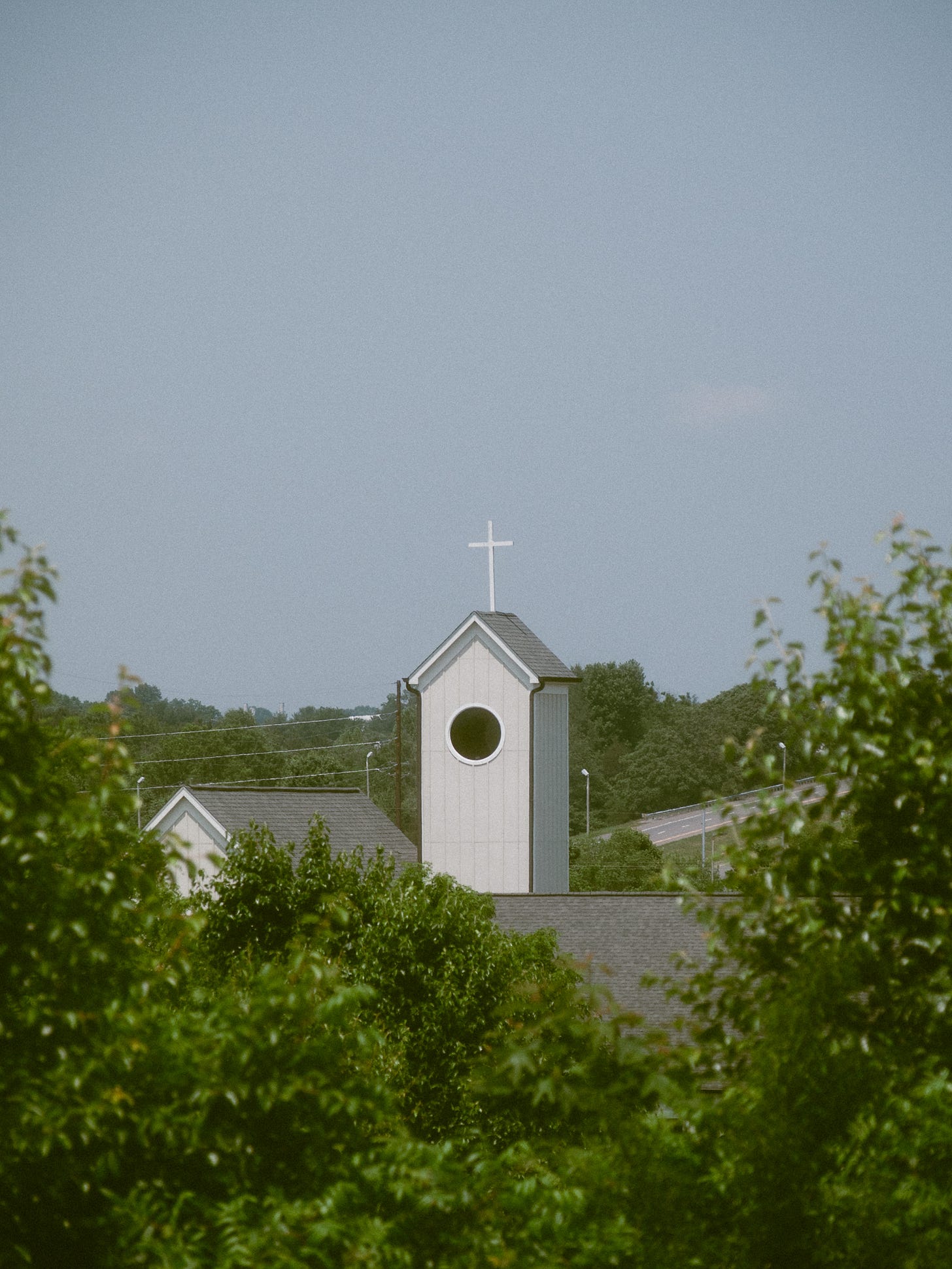
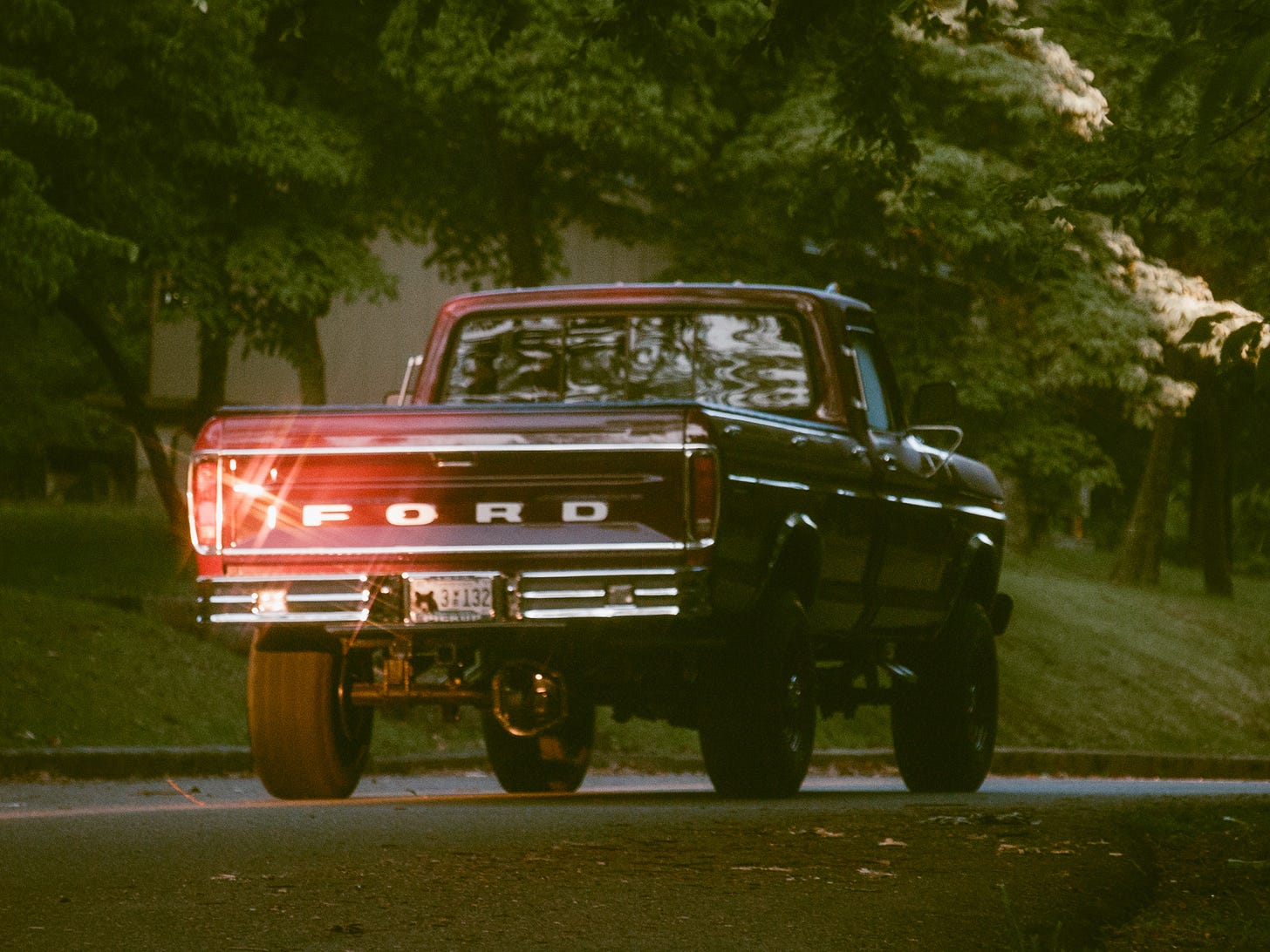
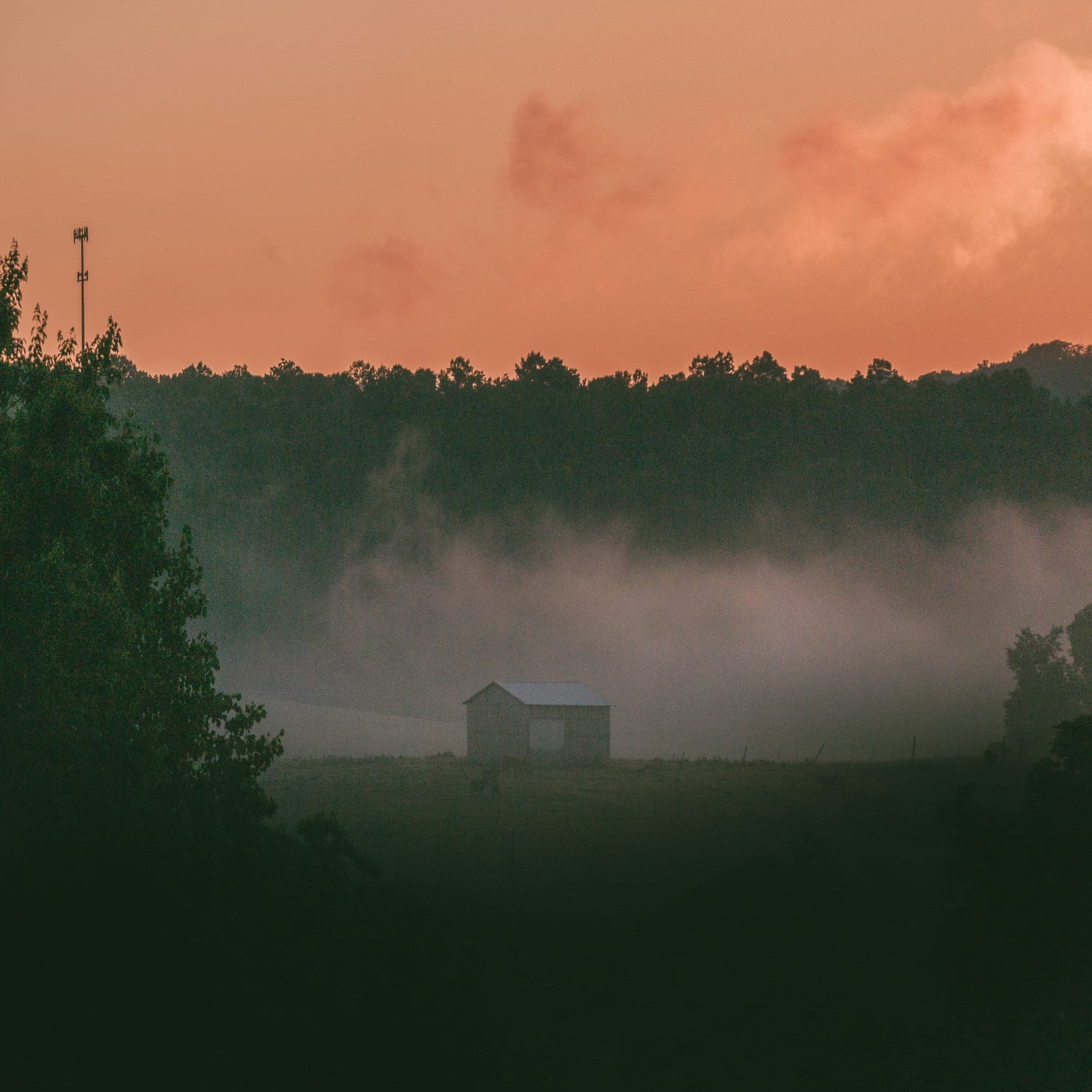
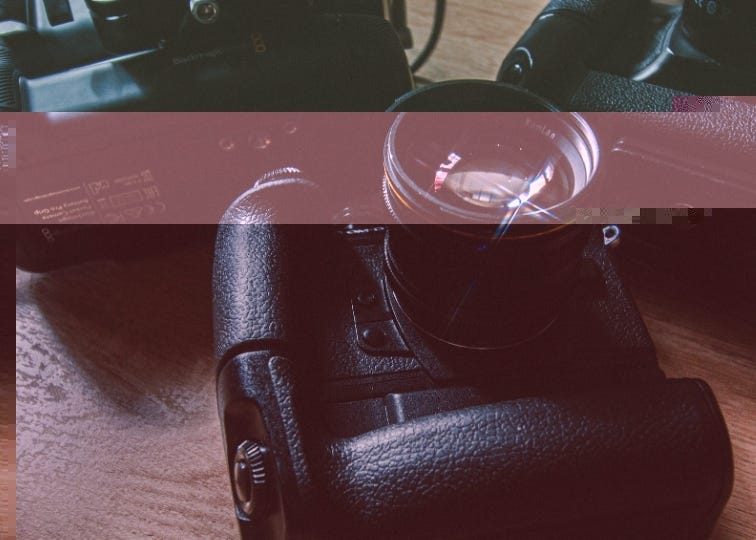
A Fellow Olympus user appears. Been using the Olympus C-740 for awhile as a pocket cam. I agree in that nothing compares to stills from an old CCD sensor. Beautiful shots, man. Loved this segment.
Not to kick and scream but where is the 40d review? Amazing photographs as always.